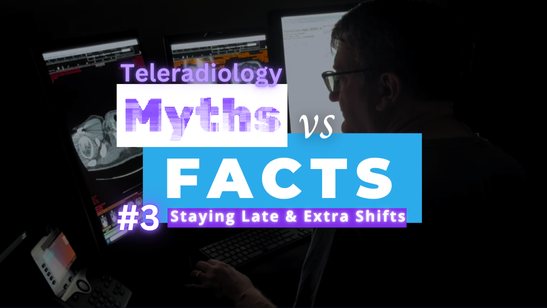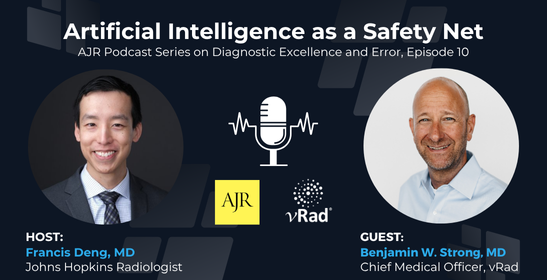
6 min read
Preventing Radiologist Burnout Is a Practice Responsibility
Most places I've been are willing to say, you know, wellness is important; you have to take care of yourself to take care of patients. And then the next thing they say is, but the list is long, so you can't go to your kid's soccer game. We got to...
Read More









.jpg?width=1024&height=576&name=vRad-High-Quality-Patient-Care-1024x576%20(1).jpg)







%20(2).jpg?width=1008&height=755&name=Copy%20of%20Mega%20Nav%20Images%202025%20(1008%20x%20755%20px)%20(2).jpg)



.png?width=1280&height=720&name=vRad%20YouTube%20Thumbnail%20(51).png)
.png?width=547&height=308&name=USE%20THIS%20ONE%20of%20Blog_Header_547x308%20(6).png)
-1.png?width=547&height=308&name=USE%20THIS%20ONE%20of%20Blog_Header_547x308%20(4)-1.png)
-1.png?width=547&height=308&name=USE%20THIS%20ONE%20of%20Blog_Header_547x308%20(1)-1.png)

.png?width=1280&height=720&name=vRad%20YouTube%20Thumbnail%20(27).png)

.png?width=547&height=282&name=Olivia_Blog_Header_547x282%20(3).png)